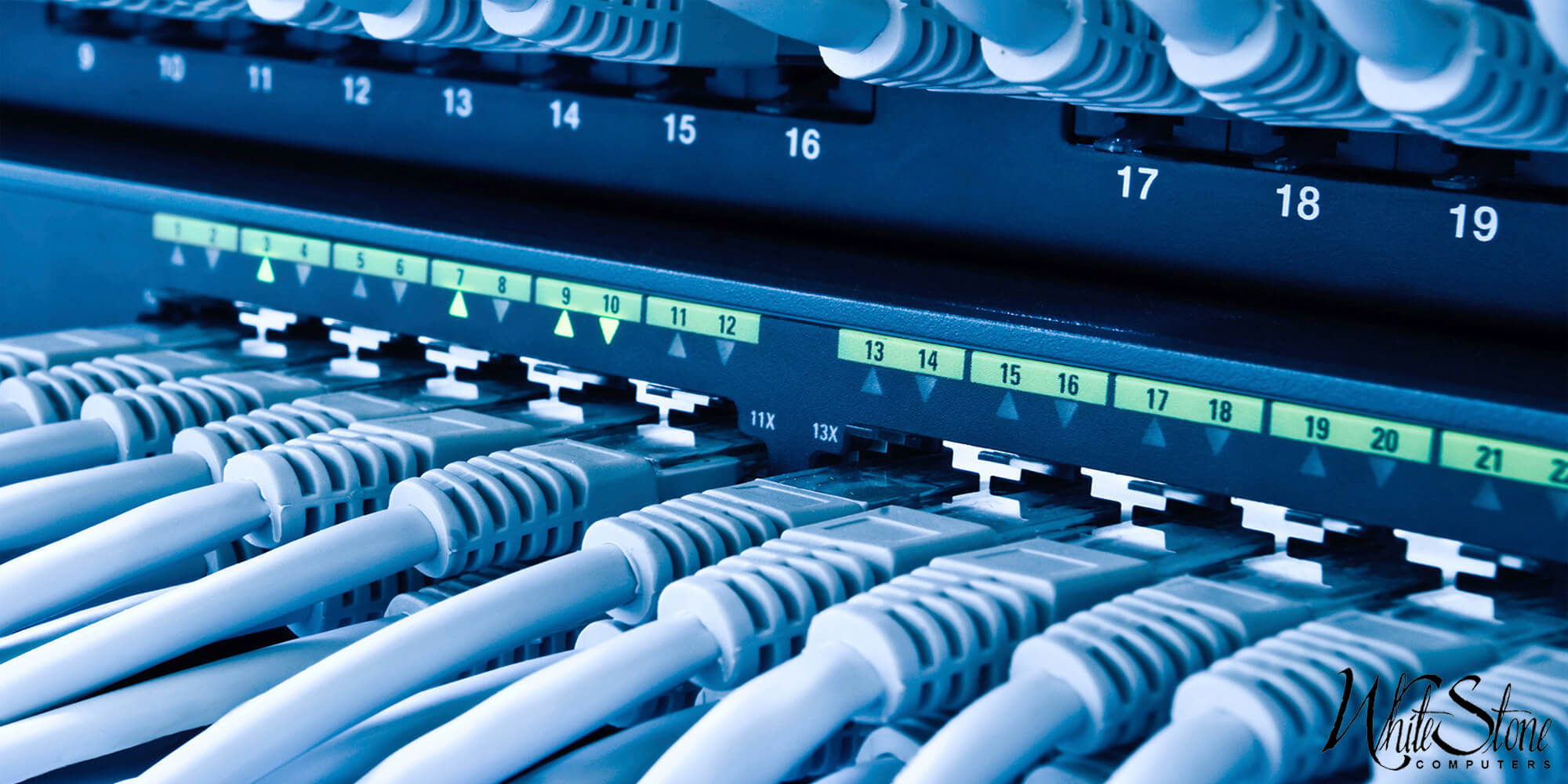What is Network Installation?
Computer network installation is the process of setting up a communication system that allows multiple devices to exchange data and information with each other. It involves connecting all the computers in an office or building through a variety of hardware devices such as routers, switches, hubs, and cables. The aim of network installation is to ensure that all connected devices can communicate with each other seamlessly.
There are various types of computer network installations available depending on the size and complexity of the organization’s infrastructure. For small businesses, a wireless or wired LAN (Local Area Network) setup may suffice while for larger organizations requiring more security and functionality, WAN (Wide Area Network) or VPN (Virtual Private Network) may be necessary. Other considerations during network installation include scalability, redundancy, speed and latency.
In conclusion, computer network installation is essential in today’s business world to enable seamless data transfer between different devices within an organization. Proper planning before implementation ensures efficient use of resources and minimizes downtime during maintenance or upgrades.
Benefits of Network Installation
A well-installed computer network offers numerous benefits to both small and large businesses. First, a network installation can help streamline communication by connecting all devices on the network. Employees within an organization can easily share data, such as documents and reports, through the shared drive or cloud storage services. This way, everyone stays up-to-date with the latest changes without having to exchange files back-and-forth.
Additionally, a computer network installation enhances security by allowing businesses to control who has access to sensitive information. With proper user authentication protocols in place, unauthorized users are prevented from accessing confidential data. IT administrators also have better oversight over the entire system with remote monitoring tools that enable them to keep track of activity logs and troubleshoot issues before they escalate.
Lastly, a properly installed computer network promotes cost-efficiency for companies as it reduces hardware costs associated with maintaining standalone devices. Communication systems like email servers can be centrally managed rather than distributed throughout different departments resulting in savings on maintenance and support costs in addition to maximizing productivity levels amongst employees.
Types of Networks
There are several types of computer networks that businesses and individuals can use to connect devices and share resources. The most common type is a Local Area Network (LAN), which connects devices within a small area such as an office building or home. LANs are typically fast, reliable, and inexpensive to install.
Another type of network is the Wide Area Network (WAN), which spans over a large geographical area such as a city, state, or country. WANs typically require more complex installation processes but provide connectivity over long distances.
A third type of network is the Metropolitan Area Network (MAN), which serves as a bridge between LANs and WANs in larger cities. MANs connect multiple buildings within the same geographic area using high-speed connections like fiber optic cables. Understanding these different types of networks is essential for selecting the right network infrastructure for your organization’s needs.
Components of a Network
A network consists of various components that work together to exchange data and information between devices. The most fundamental component of a network is the physical medium or cable, which connects different devices to allow communication. Cables can be twisted pair, fiber optic or coaxial.
Another significant component is the network interface card (NIC), which allows a device to connect to a network and communicate with other devices on it. The NIC plays an essential role in controlling data flow since it manages how the computer sends and receives data.
Routers are another critical component that directs traffic across networks by selecting the best path for data packets to travel through. They connect multiple networks together, ensuring that information reaches its intended destination effectively. Other components include switches, hubs and firewalls, all playing important roles in ensuring optimal performance of networks while keeping them secure from external threats.
Network Security
As more and more businesses rely on computer networks for their daily operations, the importance of network security cannot be overstated. A poorly secured network can leave a business vulnerable to a range of threats, from data breaches to malware infections. To ensure that your network is secure, it’s important to take a comprehensive approach that includes both hardware and software solutions.
One important component of network security is securing the physical infrastructure. This means ensuring that servers and other key components are stored in secure locations with limited access, as well as implementing measures like video surveillance and access control systems. On the software side, firewalls and antivirus software can help protect against external threats like hackers and viruses.
Another key aspect of network security is user education. Employees should be trained on best practices for password management, safe browsing habits, and how to recognize phishing emails or other social engineering attacks. By taking these steps to secure your network, you can help protect your business from costly cyber attacks and data breaches while ensuring that your operations run smoothly.
Conclusion
In conclusion, computer network installation is a critical process that requires careful planning and execution. It involves setting up hardware devices such as routers, switches, and servers and configuring software to enable communication between devices. The success of the installation depends on factors such as the size of the network, its complexity, and the expertise of the personnel involved.
It is essential to follow best practices during installation to ensure efficient performance and security. These include proper cable management, firewall configuration, regular updates and maintenance, and enforcing access control policies. Failure to adhere to these practices can lead to slow network speeds, data breaches or even system crashes.
In today’s digital age where information sharing is critical for business operations, computer networks have become integral components of organizational infrastructure. Therefore, investing in professional network installation services can help businesses realize their full potential by ensuring seamless connectivity between employees and customers while reducing downtime due to technical issues.


